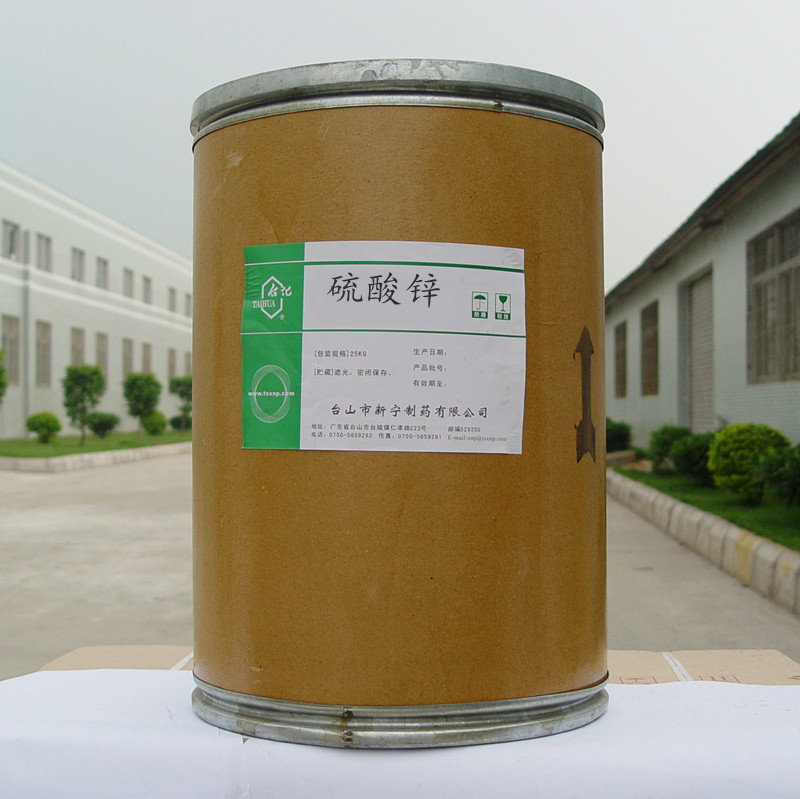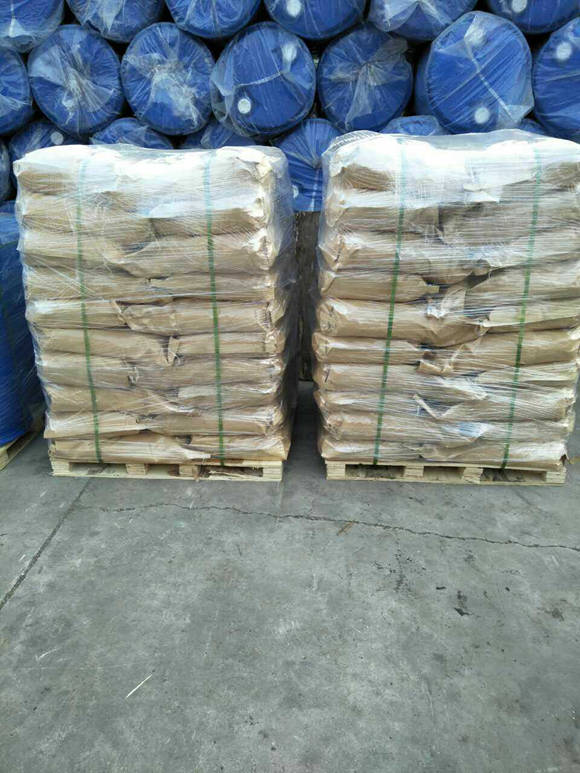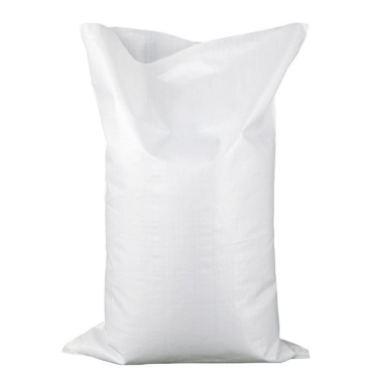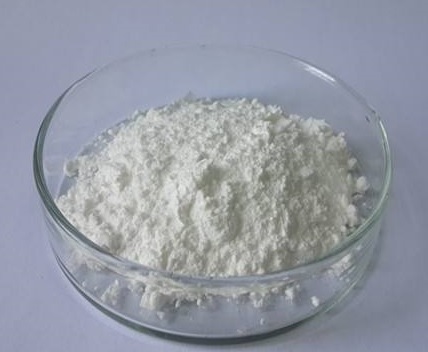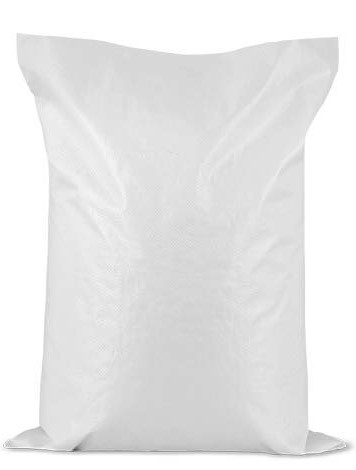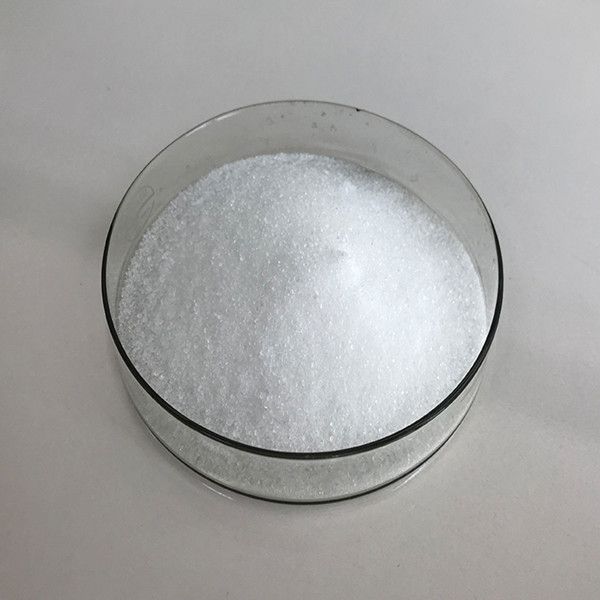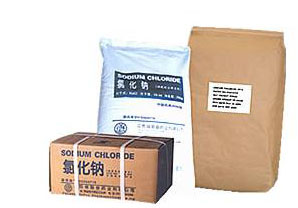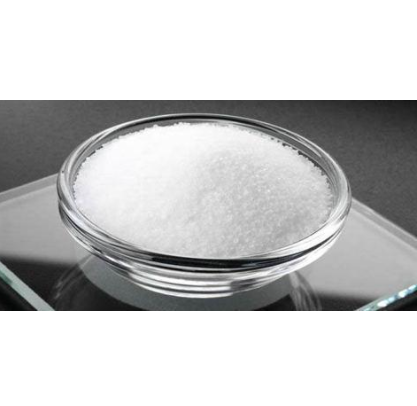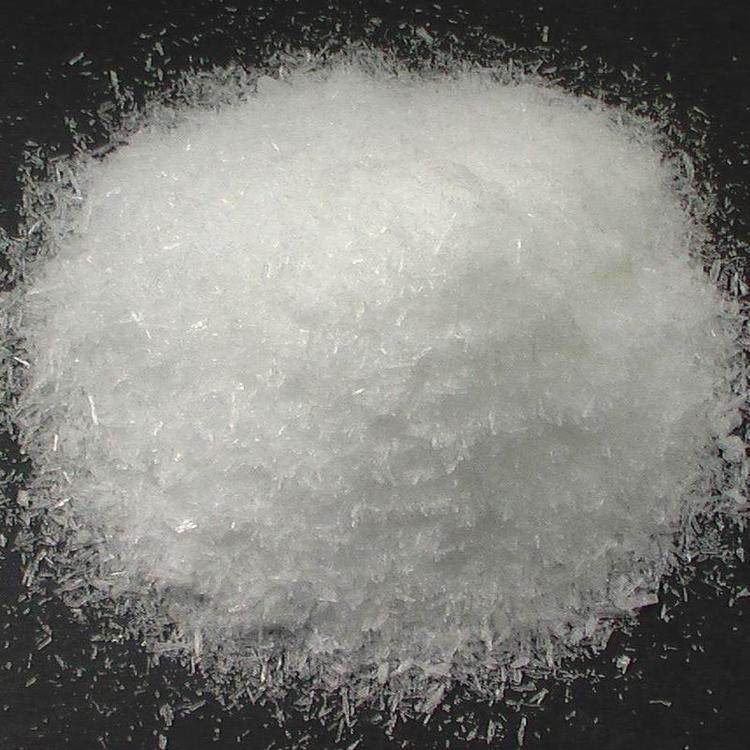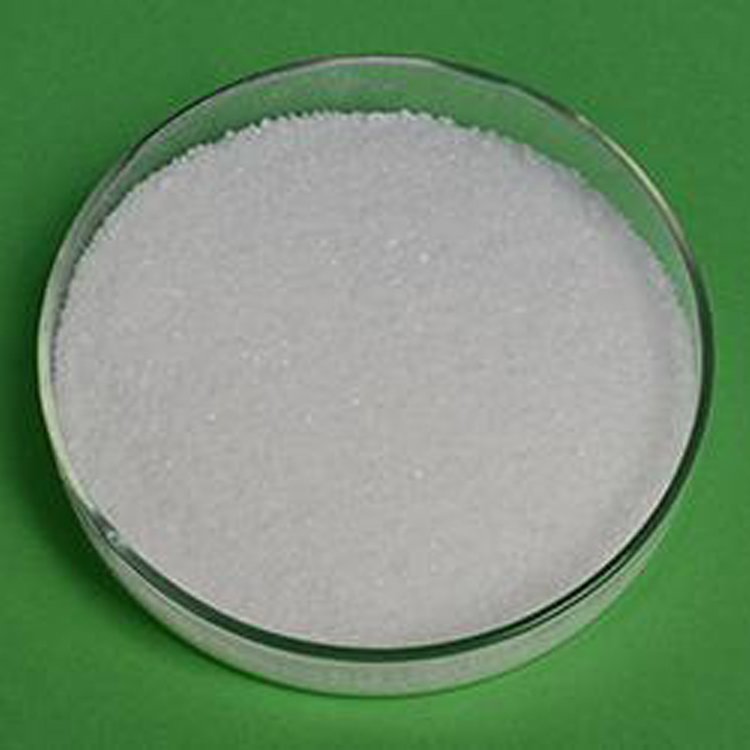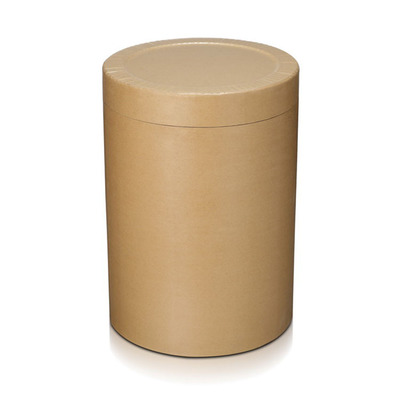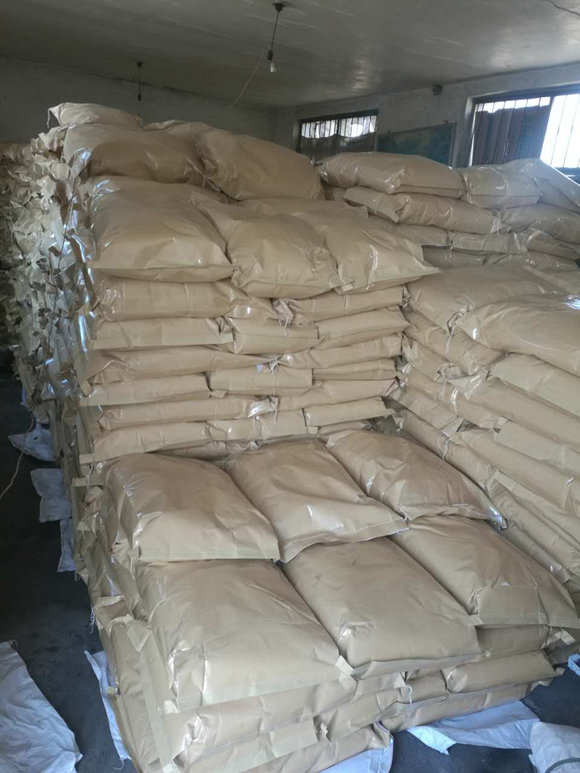Food(Feed) Additives
Feed Additive
Additives For Food Packaging
Colorant
Stabilizer and Coagulator
Water Retention Agent
Feed Deworming Health Agents
Anti Corrosion and Preservation
Color Fixative
Flour Treatment Agent
Defoamer
Coating Agent
Feed Vitamins
Emulsifier
Other Food Additives
Nutritional Fortifier
Thickening Agent
Feed Quality Enhancer
Antioxidants
Chewing Gum Bases
Bulking Agent
Feed Amino Acids and Small Peptides
Flavor Enhancer
Sweeteners
Additives For Feed Preservation
Other Feed Additives
Food Additive
Bleaching Agents
Anticaking Agent
Food Flavors and Fragrances
Enzyme Preparation
Feed Trace Elements
Acidity Regulators
Feed Growth Promoters
Feed Conditioner
Find
1530
related chemicals for youAlias
More Information
N-Butanol; Normal Butanol; Butan-1-Ol; N-Butyl Alcohol; Butan Alcohol; Butanol-1; N-Butul Alcohol; 1-Butyl Alcohol; Butylowy Alkohol; Butanol; Butyl Alcohol
Brief Introduction
This product is used as chromatographic reagent and also for organic synthesis. It is a permitted edible spice. It is mainly used for making banana, cream, whisky and cheese. It is also used as solvent and pigment diluent for extraction.
Suppliers
View More Vendors (5) >
CAS:7446-19-7
Molecular Formula:H2O5SZn
Alias
More Information
Zinc,Sulfate,Hydrate; Sulfuric Acid Zinc Salt Monohydrate; Zinc Sulfate-1-Hydrate; Zinc Sulfate; Zinc Sulphate H2O; Zinc Sulphate Monohydrate; Zinc Mesosulfate (Znh2So5); Zinc Sulphate Monohydrate LR
Brief Introduction
This product is the raw material for manufacturing zinc salt and lithopone. Electrolytic industry is used for cable galvanizing and electrolytic pure zinc. It is also used to prevent diseases in fruit tree nurseries, wood and leather preservatives and man-made fiber industry. Food grade is used as a nutritional supplement (zinc fortifier). It can be used in the manufacture of artificial fibers, pesticides, dyes, electroplating and other zinc salts. It is the raw material for the manufacture of zinc salts and lithopone. Electrolytic industry is used for cable galvanizing and electrolytic pure zinc. It is also used to prevent diseases in fruit tree nurseries, wood and leather preservatives and man-made fiber industry. Food grade is used as a nutritional supplement (zinc fortifier).
Suppliers
View More Vendors (5) >
CAS:7558-79-4
Molecular Formula:HNa2O4P
Alias
More Information
Sodium Hydrogen Phosphate; Disodium Hydrogen Phosphate; Sodium Phosphate,Dibasic; Disodium Orthophosphate; Di-Sodium Hydrogen Orthophosphate; Di-Sodium Hydrogenphosphate; Disodium Monohydrogen Orthophoshate; Disodium Monohydrogen Phosphate; Hydrogeno Phosphate de Sodium; HydrogéNophosphate de Sodium; 7558_79_4
Brief Introduction
This product is used as industrial water treatment agent, printing and dyeing detergent, quality improver, antibiotic culture agent, biochemical treatment agent, etc. It is used as analytical reagent, buffer, water softener and fireproof agent in printing and dyeing industry. It is also used for fabric weight gain.
Suppliers
View More Vendors (5) >
CAS:7647-14-5
Molecular Formula:ClNa
Alias
More Information
Sodium Hydrochloride; Salt; Halite; Table Salt; Sodium Chlorine for Dialysys; Saline; Rock Salt; Sodium Chloride (NaCl); Halite; Sea Salt; Sodium Chlorine; Sodium Chloride usp; Nacl; Sodium Chloride0.9; Sodium Choloride; Sodium Chlorice
Brief Introduction
Sodium Chloride is a metal halide composed of sodium and chloride with sodium and chloride replacement capabilities. When depleted in the body, sodium must be replaced in order to maintain intracellular osmolarity, nerve conduction, muscle contraction and normal renal function.Sodium chloride is the main component of table salt, with the chemical formula of NaCl. Sodium chloride is the main component of salt in seawater and the most common seasoning. Excessive intake of salt is prone to high blood pressure.
Suppliers
View More Vendors (5) >
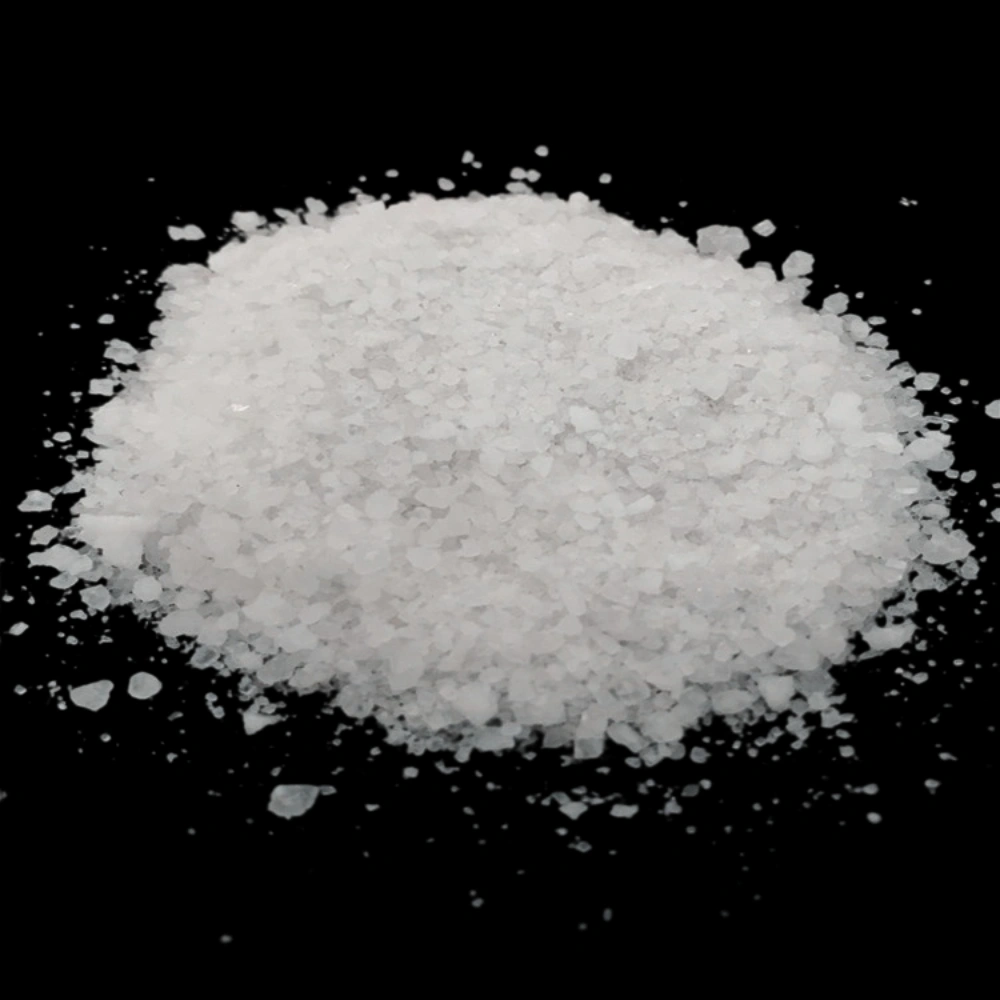
Purity: Food grade: ≥99.7%, Pharmaceutical grade: ≥99.9% (USP/EP), Industrial grade: 95–99%
/
-
CAS:7681-11-0
Molecular Formula:IK
Alias
More Information
Pima; Kali Iodide; Thyro-Block; Potassium Monoiodide; Knollide; Kisol; Asmofug E; Dipotassium Diiodide; Kaliumiodid; Potassium;Iodide; Potassiumiodide; Unii-1C4Qk22F9J; Mfcd00011405; 1C4Qk22F9J; Chebi:8346; Nsc-77362; Thyroshield; Joptone; Potide; Iosat; Potassium Iodid
Brief Introduction
Potassium iodide is an ionic compound, in which iodide ion and silver ion can form a dark yellow precipitate silver iodide (see light decomposition, can be used to make high-speed photographic film), so silver nitrate can be used to test the existence of iodide ion. Iodine, as a component of thyroxine, is closely related to the basic metabolism of livestock and poultry, and participates in almost all material metabolism processes. Iodine deficiency in livestock can cause thyroid hyperplasia and hypertrophy, decrease the basic metabolic rate, and affect growth and development. It is necessary to add iodine in the feed of young livestock and livestock in iodine deficient areas. The iodine requirement of high-yield dairy cows and high-yield laying hens is increased, and iodine is also needed in their feed. The iodine in milk and eggs increased with the increase of feed iodine. It is reported that high iodine egg can reduce the cholesterol content of human body, which is beneficial to the health of patients with hypertension. In addition, during the period of animal fattening, although there is no iodine deficiency, in order to make the thyroid function of livestock and poultry exuberant, enhance the ability of anti stress, and maintain the highest production capacity, iodide is also added. Potassium iodide as an iodine source is added to the feed, which can prevent iodine deficiency, promote growth, increase the rate of egg production and reproduction, and improve the utilization rate of feed. To sum up, potassium iodide is commonly used as analytical reagent, photographic emulsifier preparation, pharmaceutical industry, as well as photographic emulsion, soap, lithography, food additives, etc.
Suppliers
View More Vendors (5) >
Inquiry (
10
/ 10
)
Clear All
You can inquire for up to 10 products at a time
Sign In
Error!

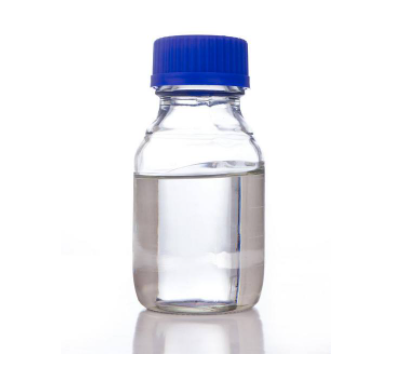
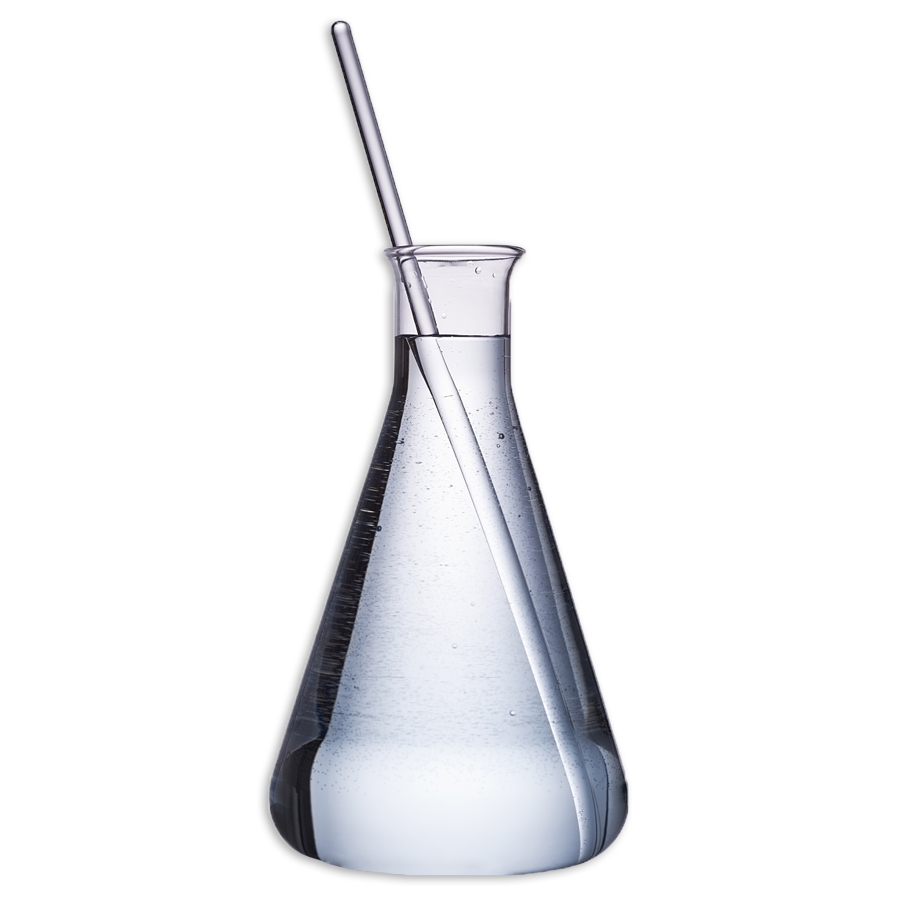
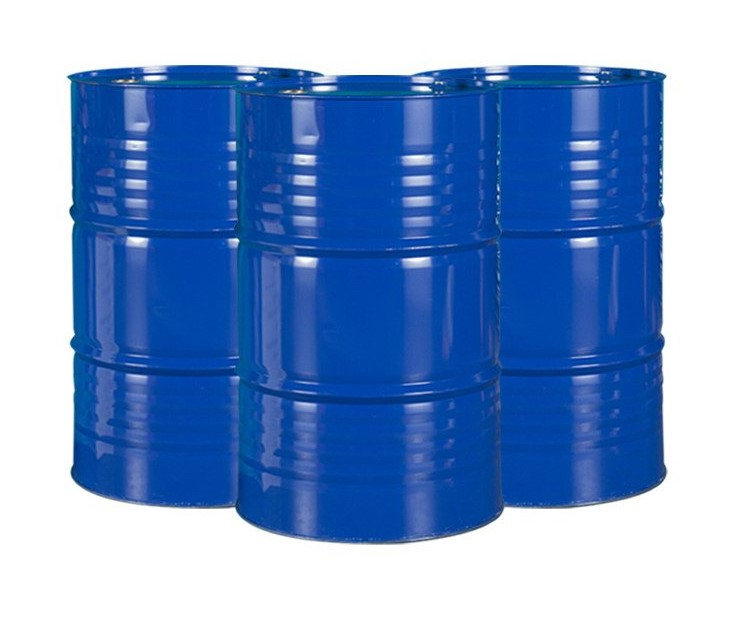
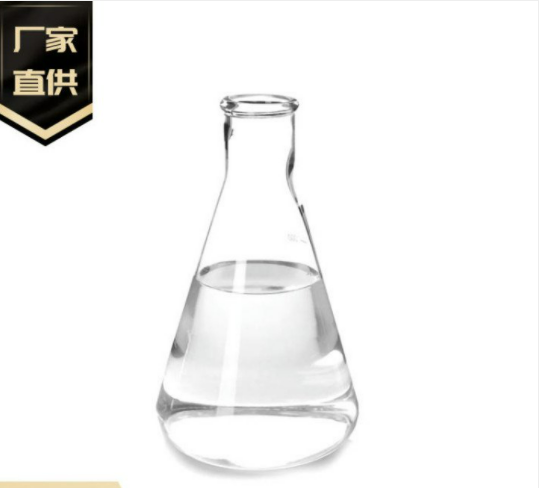
.jpg)
